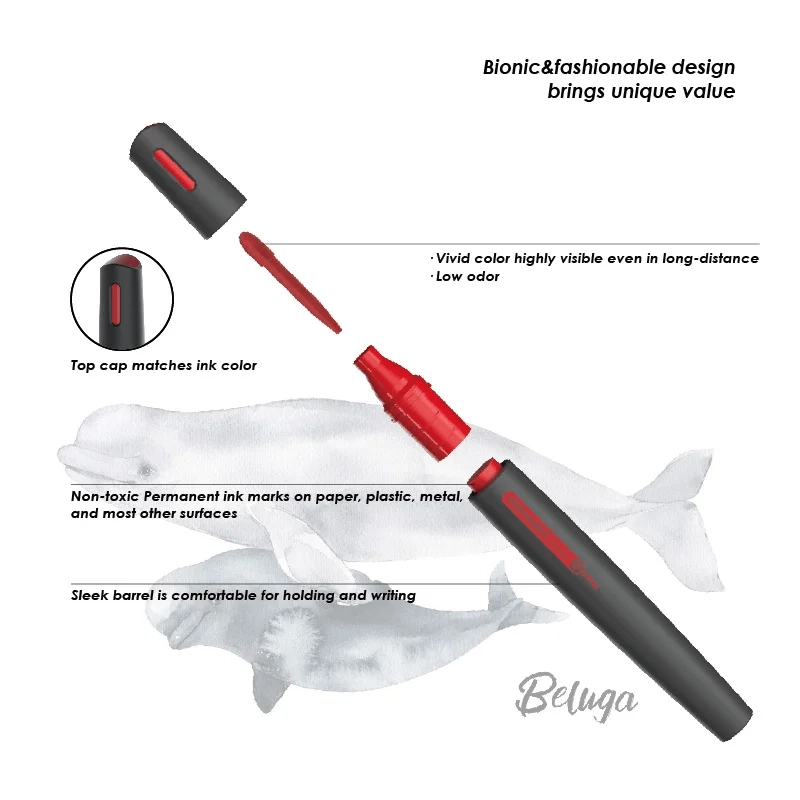- This topic is empty.
-
AuthorPosts
-
24/06/2024 at 14:20 #93413
In children's learning and creation process, permanent markers are favored because of their bright colors, and long-lasting and clear characteristics. However, it is crucial for parents and educators to ensure the safety of children when using these tools. This article aims to provide comprehensive guidance to help adults understand and take the necessary precautions to ensure that children are safe and fun when using permanent markers.
1. Choose the right marker
First of all, choosing a permanent marker suitable for children is the first step to ensure safety. There are many types of markers on the market, but not all products are suitable for children. When choosing, you should pay attention to the following key points:
Make sure that the ink ingredients of the selected marker are safe and non-toxic, pass relevant safety certifications, and do not contain harmful chemicals to prevent children from accidentally inhaling or ingesting ink.
Choose a marker with strong water resistance, so that even if it is used by children on wet surfaces, it will not fade or smudge immediately, and avoid transferring ink to other objects or the body due to wet hands.
Although the marker ink itself is permanent, it is best to choose those with easy-to-wash designs so that if the ink accidentally gets on the skin or clothing, it can be cleaned quickly.
According to the age of the child, choose a pen cap design that meets safety standards to avoid the risk of choking caused by small accessories.

2. Supervision and guidance
When children use permanent markers, adult supervision and guidance are indispensable. Especially in the early childhood stage, adults should try to supervise on the spot to prevent children from putting markers in their mouths or using them to doodle on inappropriate objects (such as walls, furniture, etc.).
Teach children how to use markers correctly, including how to hold, write, and store them correctly, as well as prohibited behaviors (such as not using pens on the body or using them near food).
Clearly tell children where markers can be used and where they are prohibited. For example, set up a special drawing book or area to encourage children to create within these ranges.
3. Dealing with accidents
Even if the above precautions are taken, accidents may still occur. Adults need to know how to deal with the following common problems:
If ink accidentally gets on the skin, it should be washed immediately with soap and water. For ink stains that are difficult to remove, specific detergents or alcohol cotton balls can be used to gently wipe.
When clothing is contaminated with ink, it should be pre-treated with laundry detergent as soon as possible and then washed according to the washing instructions of the clothing. Be careful to test whether the detergent affects the color of the clothes.
For hard surfaces, alcohol-based detergents can be used for treatment. In some cases, professional cleaning services may be required to completely remove the ink.
The safety of children when using permanent markers is an issue we cannot ignore. By educating children on the correct use of permanent markers, taking precautions, and the supervision and guidance of parents and teachers, we can ensure the safety of children when using permanent markers. Let us work together to provide a safe and healthy learning and growth environment for children.
As a permanent marker manufacturer, we not only focus on the durability and durability of our products, but also pay attention to the aesthetics of design and appearance to meet the needs and preferences of different users and provide an excellent writing experience.
Johnshen
marketing@johnshen.com -
AuthorPosts
- You must be logged in to reply to this topic.
